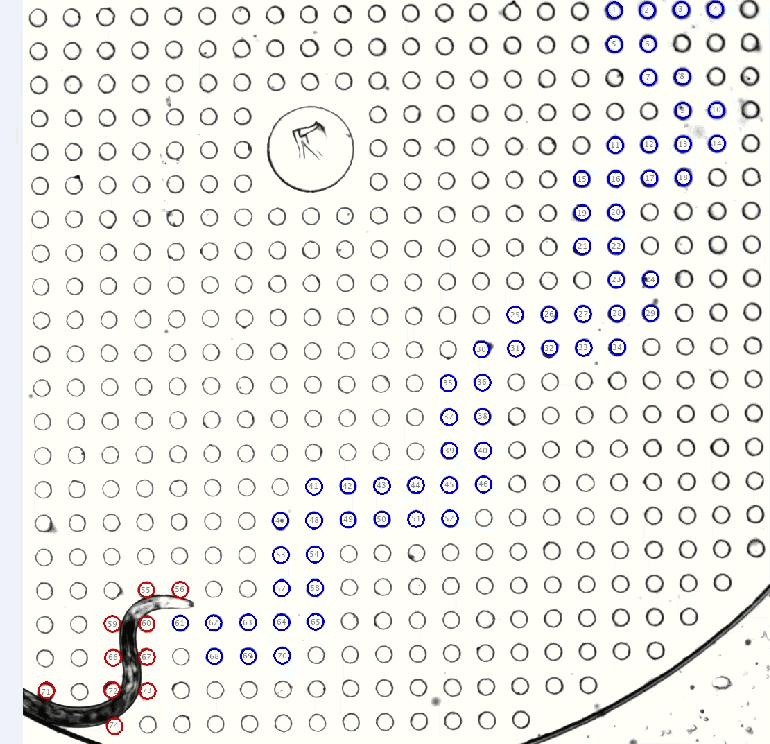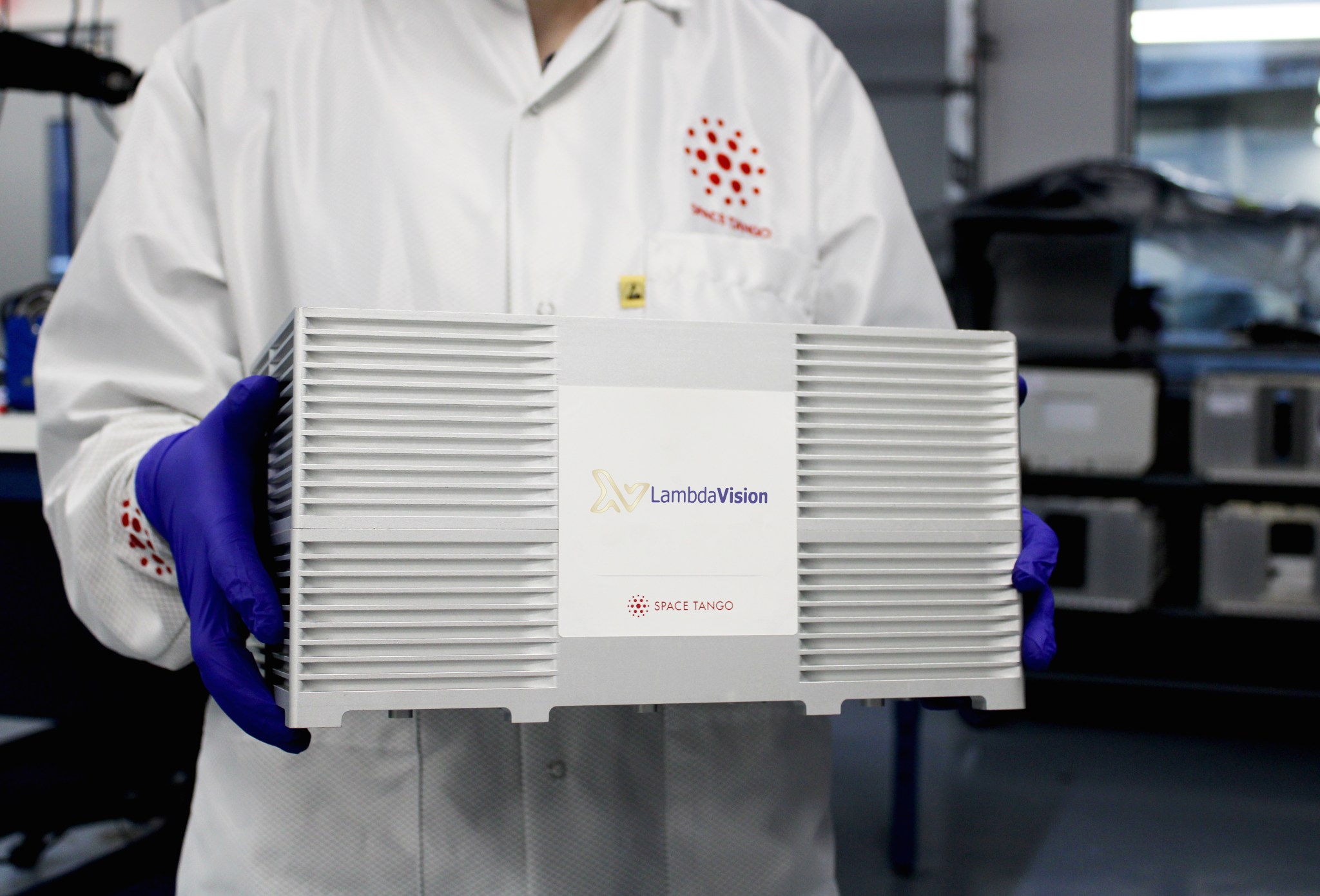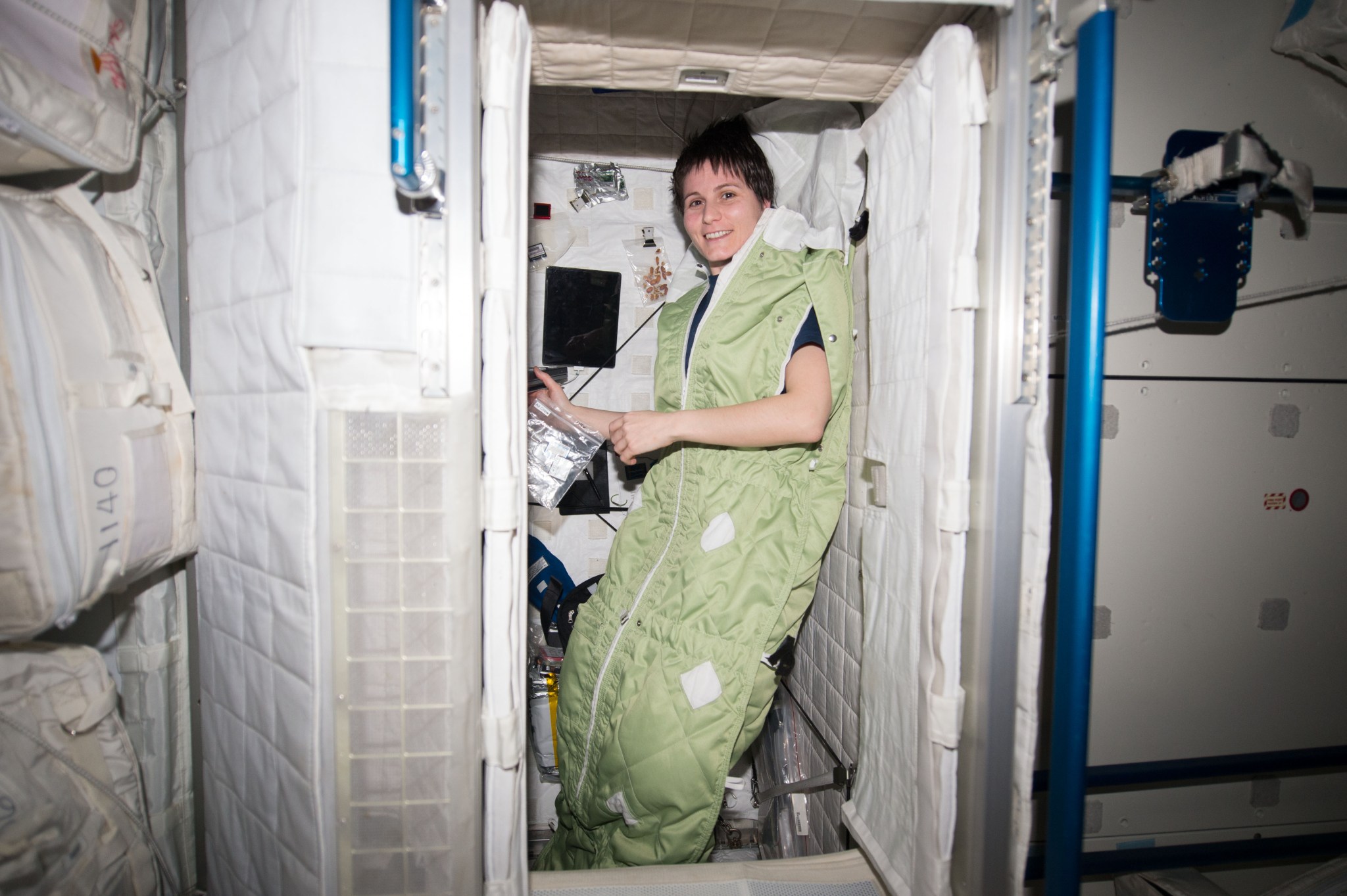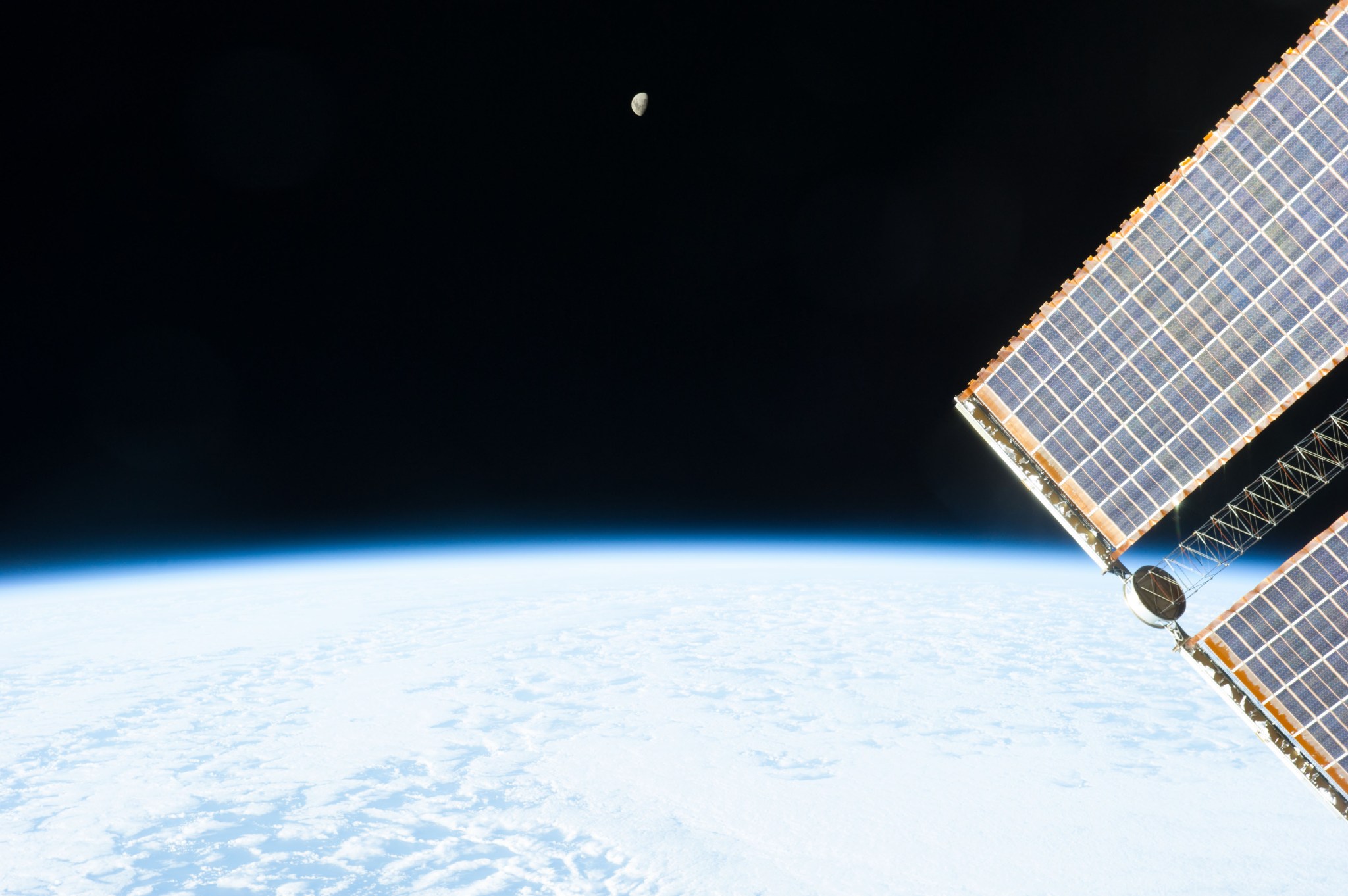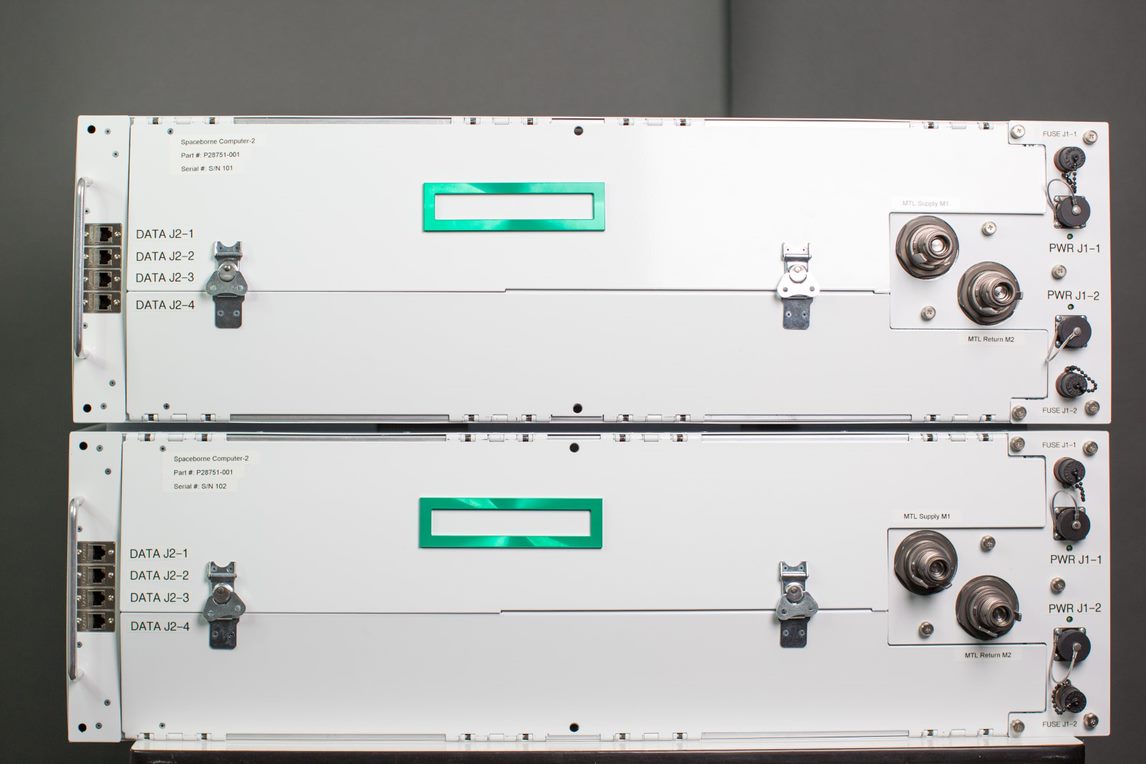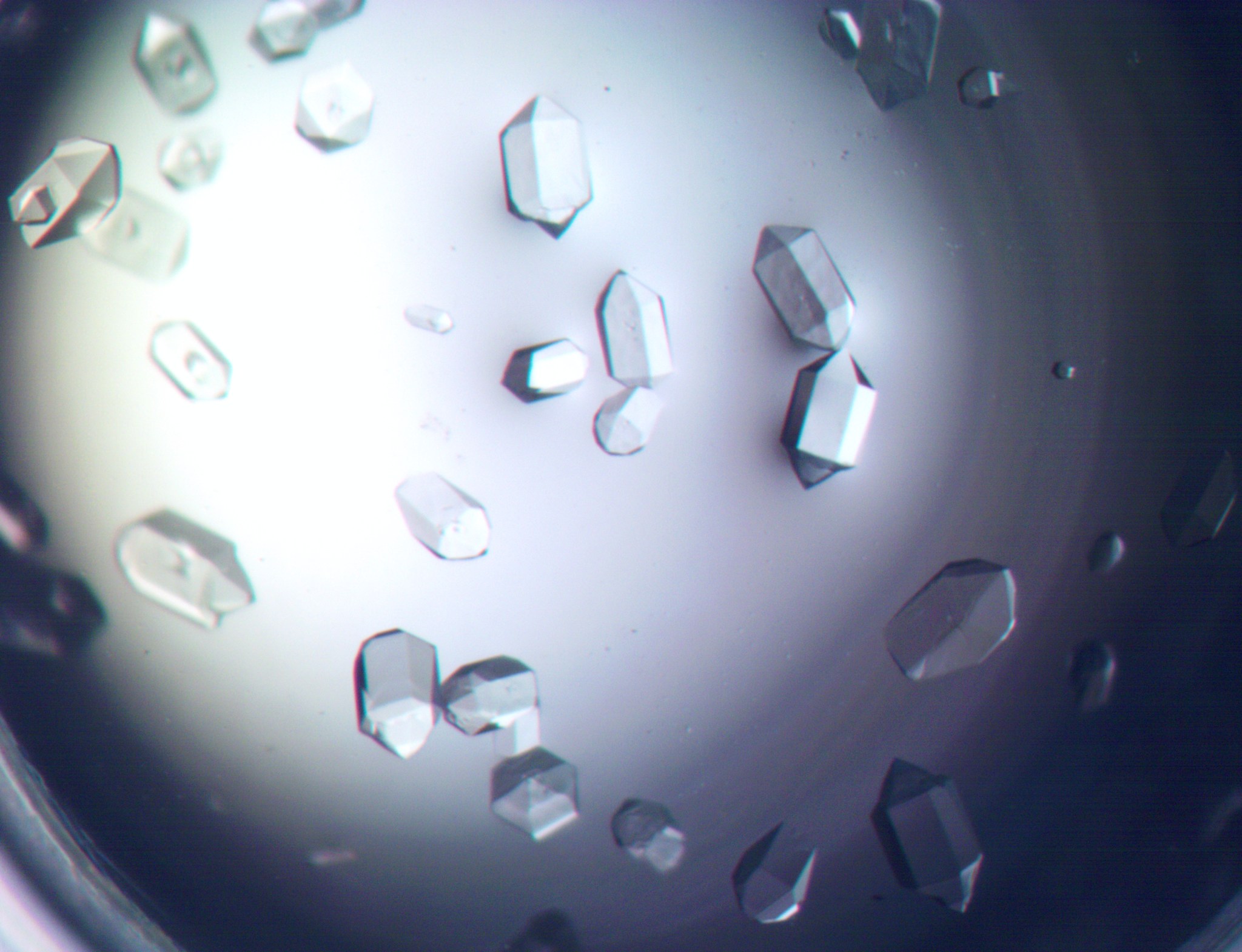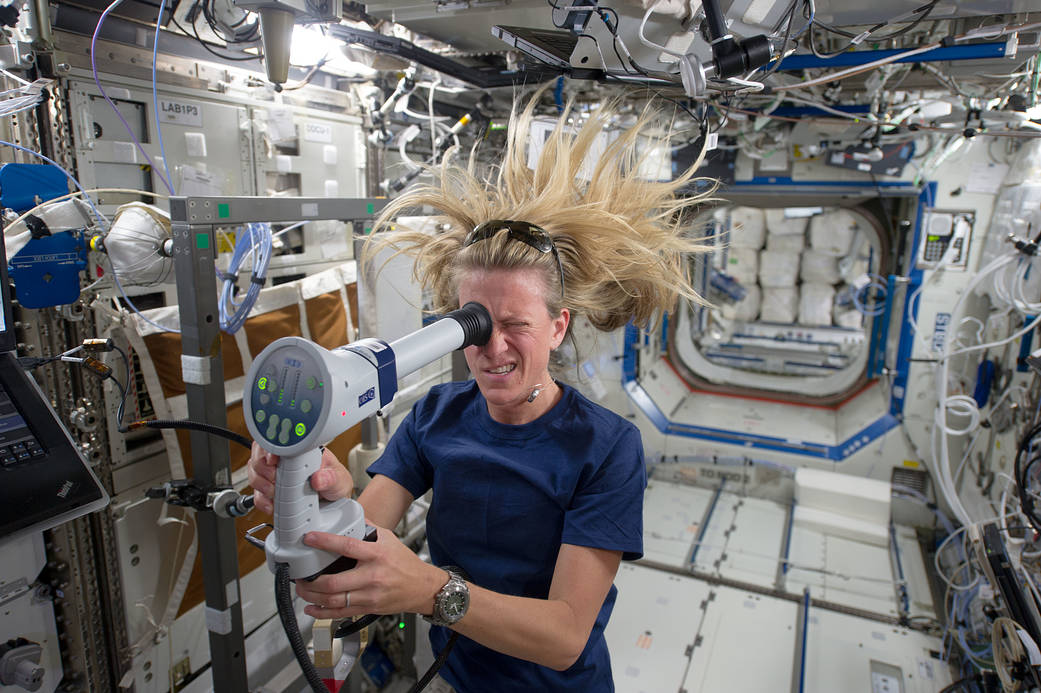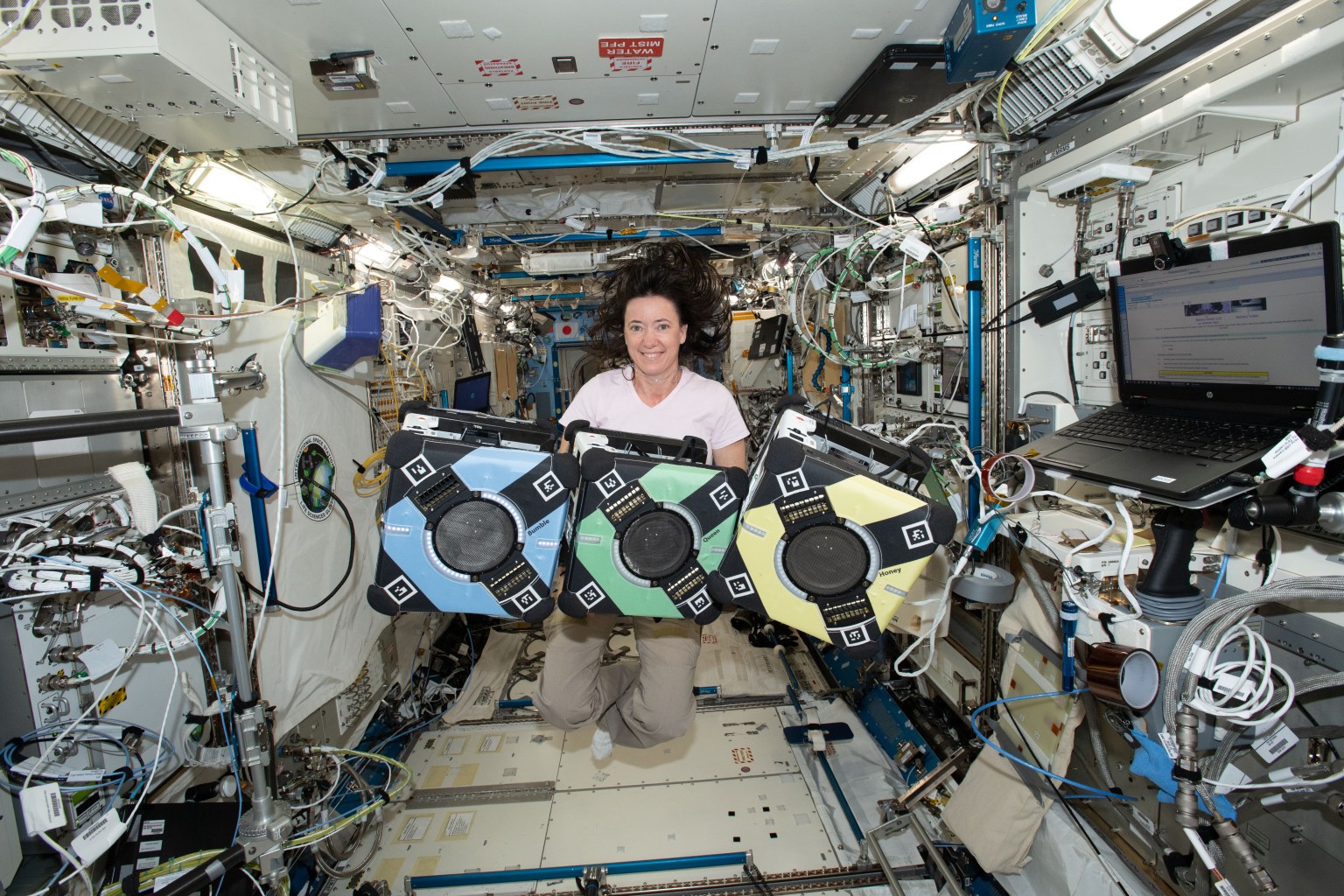Experiments that use worms to study muscle loss, examine how astronauts sleep, and test high-powered computers in space, along with more scientific studies and supplies, are ready for launch to the International Space Station on a Northrop Grumman Cygnus spacecraft. The spacecraft is targeted to launch at 12:36 p.m. EST on Feb. 20 from NASA’s Wallops Flight Facility in Virginia.
Many of the experiments carried by this spacecraft build on previous studies conducted during the more than 20 years of continuous human habitation of the International Space Station, helping us explore farther into space and benefiting humans back on Earth.
Here are details on some of the scientific investigations that Northrop Grumman’s 15th commercial resupply services mission (NG CRS-15) is delivering to the space station:
Reporters who want to hear more from the researchers behind these studies, hear a replay of the NG CRS-15 science media telecon by dialing 1-800-925-0147 through March 12, 2021.
Space worms to the rescue
Tiny worms could help us determine the cause of muscle weakening that astronauts can experience in microgravity. Astronauts work out more than two hours a day aboard the space station to prevent bone and muscle loss caused by living in a microgravity environment during long-duration missions. Thanks to a new device for measuring the muscle strength of tiny C. elegans worms, researchers with the Micro-16 study can test whether decreased expression of muscle proteins is associated with this decreased strength. The device consists of a small microscope slide filled with little rubber pillars. The strength of the worms is measured by how much force the worms apply to the pillars as they move around the slide.
“Results from this study could provide insights into mechanisms causing muscle strength decline in the elderly since physiological changes occurring in spaceflight mimic accelerated aging,” says professor of Chemical Engineering at Texas Tech University Siva Vanapalli, Ph.D. These results may support new therapies to combat the effects of age-related muscle loss on Earth.
A new vision
Millions of people on Earth suffer from retinal degenerative diseases. These conditions have no cure, although treatments can slow their progression. Artificial retinas or retinal implants may provide a way to restore meaningful vision for those affected. In 2018, startup LambdaVision sent their first experiment to the space station to determine whether the process used to create artificial retinal implants by forming a thin film one layer at a time may work better in microgravity.
A second experiment by LambdaVision launching on NG CRS-15, Protein-Based Artificial Retina Manufacturing, builds on the first project, evaluating a manufacturing system that uses a light-activated protein to replace the function of damaged cells in the eye. This information may help LambdaVision uncover whether microgravity optimizes production of these retinas, and could assist people back on Earth.
“Each flight is iterative and an important part of the research and development process,” says Nicole Wagner, Ph.D., president and CEO of LambdaVision. “This flight will allow us to continue to gather critical information on the overall design of the system and influence of microgravity on the layering process, as well as the necessary controls required to support good manufacturing processes.”
I dream of space
Strapped inside sleeping bags, astronauts often report getting a better night’s sleep during their stays aboard the space station than when lying on a bed on Earth. The ESA (European Space Agency) Dreams experiment will provide a quantitative look at these astronaut sleep reports. When crew members get ready for bed, they will add another step: donning a sleep monitoring headband. The investigation serves as a technology demonstration of the Dry-EEG Headband in microgravity while also monitoring astronaut sleep quality during a long-duration mission. Raw data will be available to scientists for analysis, and the crew can input direct feedback on their sleep via an application on a tablet. Sleep is central to human health, so a better understanding of sleep in space provides a more comprehensive picture of human health in microgravity.
Preparing for the Moon
The International Space Station serves as a testing ground for technologies we plan to use on future Artemis missions to the Moon. The NASA A-HoSS investigation puts to the test tools planned for use on the crewed Artemis II mission that will orbit the Moon. Built as the primary radiation detection system for the Orion spacecraft, the Hybrid Electronic Radiation Assessor (HERA) was modified for operation on the space station.
“The A-HoSS operations and data from the space station will provide direct experience with the Artemis HERA system as well as insight for flight control teams to more effectively utilize the information provided by the instrument,” says A-HoSS Project Lead Nicholas Stoffle at NASA’s Johnson Space Center in Houston.
Verifying that HERA can operate without error for 30 days validates the system for crewed Artemis mission operations. A related investigation, ISS HERA, flew in 2019 aboard the space station. ISS HERA provided data and operational feedback in preparation for the Orion spacecraft’s uncrewed Artemis I mission that will launch in 2021.
Bringing advanced computing aboard the space station
Due to a need to prioritize reliability over performance, computing capabilities in space are reduced compared to capabilities on the ground, creating challenges when transmitting data to and from space. Although relying on ground-based computers is possible for exploration on the Moon or in low-Earth orbit, this solution will not work for exploration farther into the solar system. Launched in 2017, the Spaceborne Computer study ran a high-performance commercial off-the-shelf computer system in space with the goal of having the system operate seamlessly for one year. It successfully performed more than 1 trillion calculations (or one teraflop) per second for 207 days without requiring reset.
Spaceborne Computer-2 builds on the successes of this first study, exploring how off-the-shelf computer systems can advance exploration by processing data significantly faster in space with edge computing and artificial intelligence (AI) capabilities. This experiment plans to demonstrate that Earth-based data processing of current station science data can instead be performed on station. Eliminating the need for researchers to send all raw data back to Earth for analysis could speed scientists’ time-to-insight from months to minutes.
“We want to have thousands of proofs of concept so that on board data processing can be shown to seriously benefit the scientists and engineers back on Earth,” says principal investigator Mark Fernandez, solutions architect for converged edge systems at Hewlett Packard Enterprise. “I want to get our brilliant minds throughout the world working on the insights rather than the number crunching.”
A life support upgrade
The Environmental Control and Life Support System (ECLSS) is a crucial element of regenerative life support hardware that provides clean air and water to the space station crew. Current systems enable recovery of about 93% of the water and water vapor on the station. The system will get an upgrade thanks to the Exploration ECLSS: Brine Processor System. This investigation demonstrates technology to recover additional water from the Urine Processor Assembly. The brine processor’s dual membrane bladder allows water vapor to pass through while filtering out the brine and the majority of contaminants. Long-duration crewed exploration missions require about 98% water recovery, and this technology demonstration in brine processing will help achieve this goal. This Brine Processor System plans to close this gap for the urine waste stream of the space station.
Crystal clear
There are more than 100,000 proteins in the human body. Every structure is different, and each one of them holds important information related to our health. Each protein has a unique and complicated structure that is closely related to its function. Therefore, revealing a protein’s structure leads to an understanding of its function. However, it is difficult to analyze protein structures here on Earth, where gravity interferes with optimal growth. Previous research has shown that microgravity produces high-quality protein crystals that can be analyzed to identify possible targets for drugs to treat disease.
The Real-Time Protein Crystal Growth 2 study plans to produce high-quality protein crystals for up to eight proteins that will undergo detailed analysis back on Earth.
“Real-Time Protein Crystal Growth 2 affords us the opportunity to grow, monitor, and optimize protein crystal growth in microgravity through real-time communication with space station crew members,” says University of Toledo Ph.D. candidate Victoria Drago.
Astronauts will check the crystals, report on their growth, and then make changes based on initial observations.
Erin Winick
International Space Station Program Science Office
Johnson Space Center



























